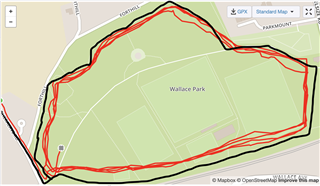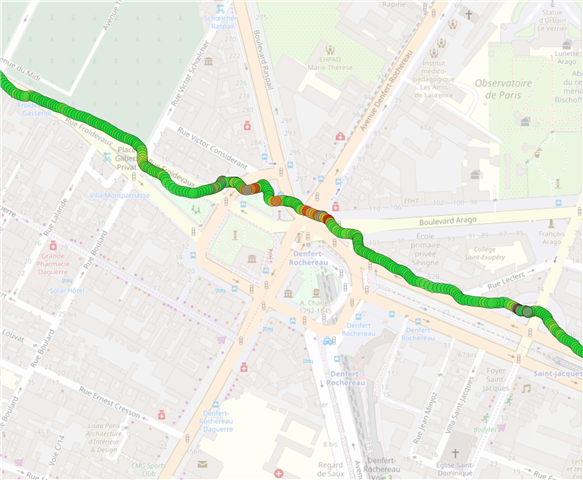I am wondering the F6 performance dips when the battery is low. I have a 14 hours left and did a run. The GPS route is terrible. It has been through ponds and shrinks the run down massively. The black line is the route. I have the google gps map too and it's no better.


Is the overall distance based on the gps data as my 4 laps are quite a bit shorter than the reality. Is anyone else having gps issues?
I really felt the F6 was the ultimate outdoor watch but I am a disappointed at the minute, especially given the investment.



